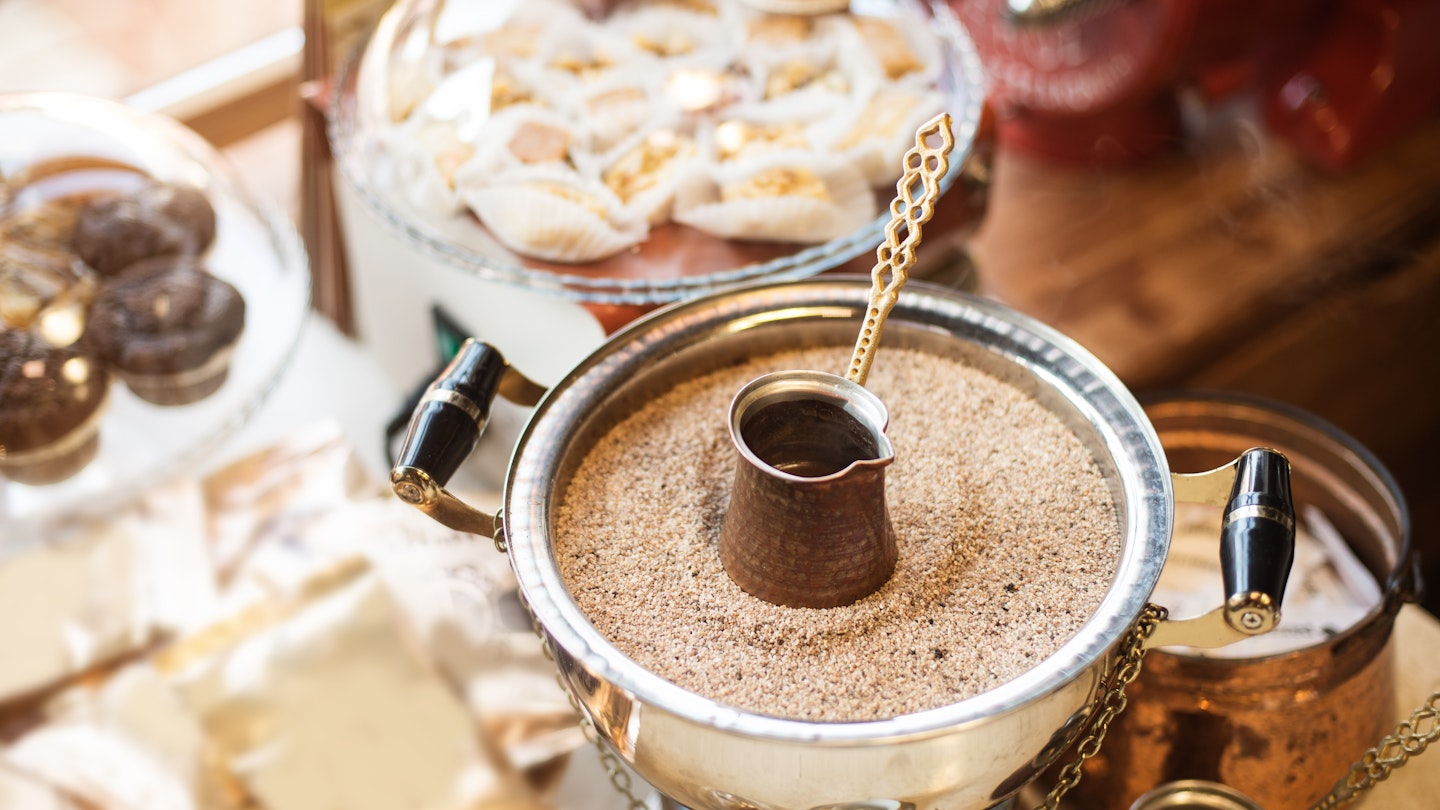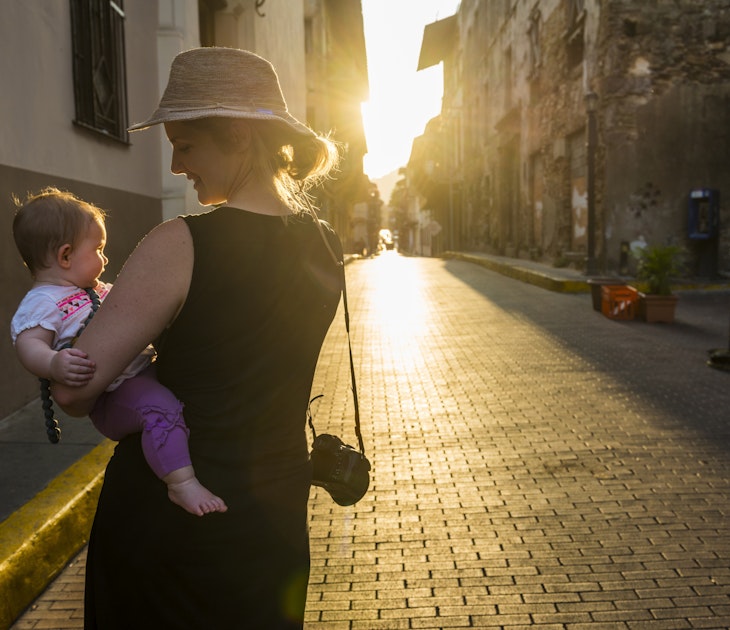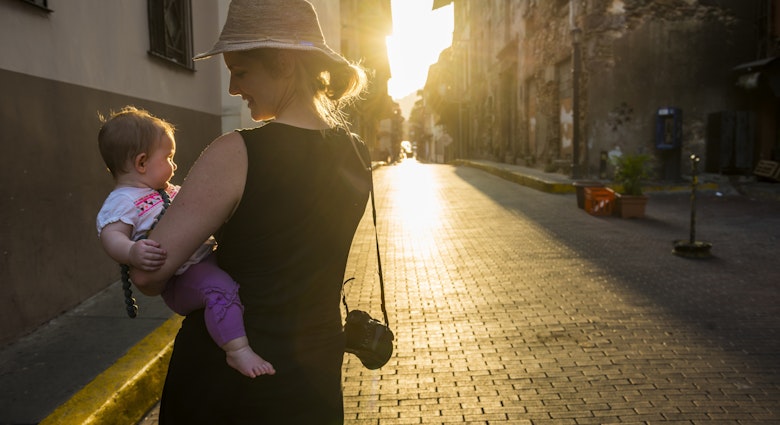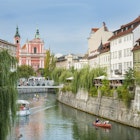Coffee-lovers around the world have Turkey to thank for their favourite morning brew, which travelled via Istanbul from its origins in Ethiopia and Yemen to the cafes of Europe and then far, far beyond.

Although the last century or so has seen tea surge in popularity to become Turkey’s most ubiquitous hot drink, coffee still retains a deep cultural tie. There’s still an affinity for a strong cup of traditional Türk kahvesi (Turkish coffee), so steeped in ritual and history that it was added to Unesco’s list of the Intangible Cultural Heritage of Humanity in 2013. Here’s how to find the best Turkish coffee.
Making – and ordering – the perfect cup
Grinding, roasting and brewing technique, rather than bean origin, is what sets one cup of Turkish coffee apart from the next. The traditional method is to cook the coffee on the stovetop in a small, long-handled metal pot called a cezve, being careful not to bring the liquid to a full boil. Alternatives include cooking it in the cup (watch your fingers!), with the cezve placed in hot sand rather than directly over a flame, and (gasp!) in a Turkish coffee machine.
Cups are cooked one at a time, after mixing the very finely ground coffee with cold water and sugar, so it’s essential to specify a desired sweetness when ordering. Turkish coffee can be prepared sade (plain), az şekerli (slightly sweet), orta şekerli (medium sweet) or şekerli (sweet). Each establishment generally has a standard size cup for their Turkish coffee. Forget about asking for a “grande,” decaf, takeaway or milk.

Turkish coffee rituals
Though the Turkish word for breakfast, kahvaltı, derives from the words for “under coffee” (as in, something you eat before drinking), tea is what’s now commonly taken with the morning meal. Turkish coffee is more likely to be ordered as an afternoon break or following dinner to keep the conversation going (no one ever seems to worry about late-night caffeine keeping them awake).
Turkish coffee is often served with a small sweet morsel such as a piece of lokum (Turkish delight) and a glass on water on the side. Sip the water to cleanse your palate while waiting for the coffee to cool slightly and the grounds to settle to the bottom of the cup. Since Turkish coffee is served unfiltered, “good to the last drop” is not the right motto – try that and you’ll end up with a mouthful of grit.
If you see someone turning their finished cup upside-down on the saucer, they’re having a go at fal, a style of fortune-telling based on the shapes left behind by the coffee grounds as they run down the inside of the cup.

Types of Turkish coffee
There are many variations on Turkish coffee, often associated with a specific region of the country and sometimes hard to find elsewhere. One of the best-known is damla sakızlı kahve (mastic coffee), an Aegean specialty infused with the herbal, woody-flavoured resin of the mastic tree.
Inland from the Aegean coast in Manisa province, keep an eye out for cilveli kahve (flirtatious coffee), which is double-roasted and topped with finely ground almonds.
South-eastern Turkey is especially rich in coffee varieties, including mırra kahvesi, a particularly dark, strong, bitter brew with origins in the Arab world. (Its name derives from the word mur, which means "bitter" in Arabic.) The hilve kahvesi of Hasankeyf, a town in Batman province, is made with honey, walnuts and (unusually) milk, while dibek kahvesi is ground in a mortar.
A rare caffeine-free alternative can be found in Gaziantep, though it’s not actually made with coffee beans at all. Instead wild pistachios are roasted, ground and cooked in a similar style to make menengiç kahvesi.
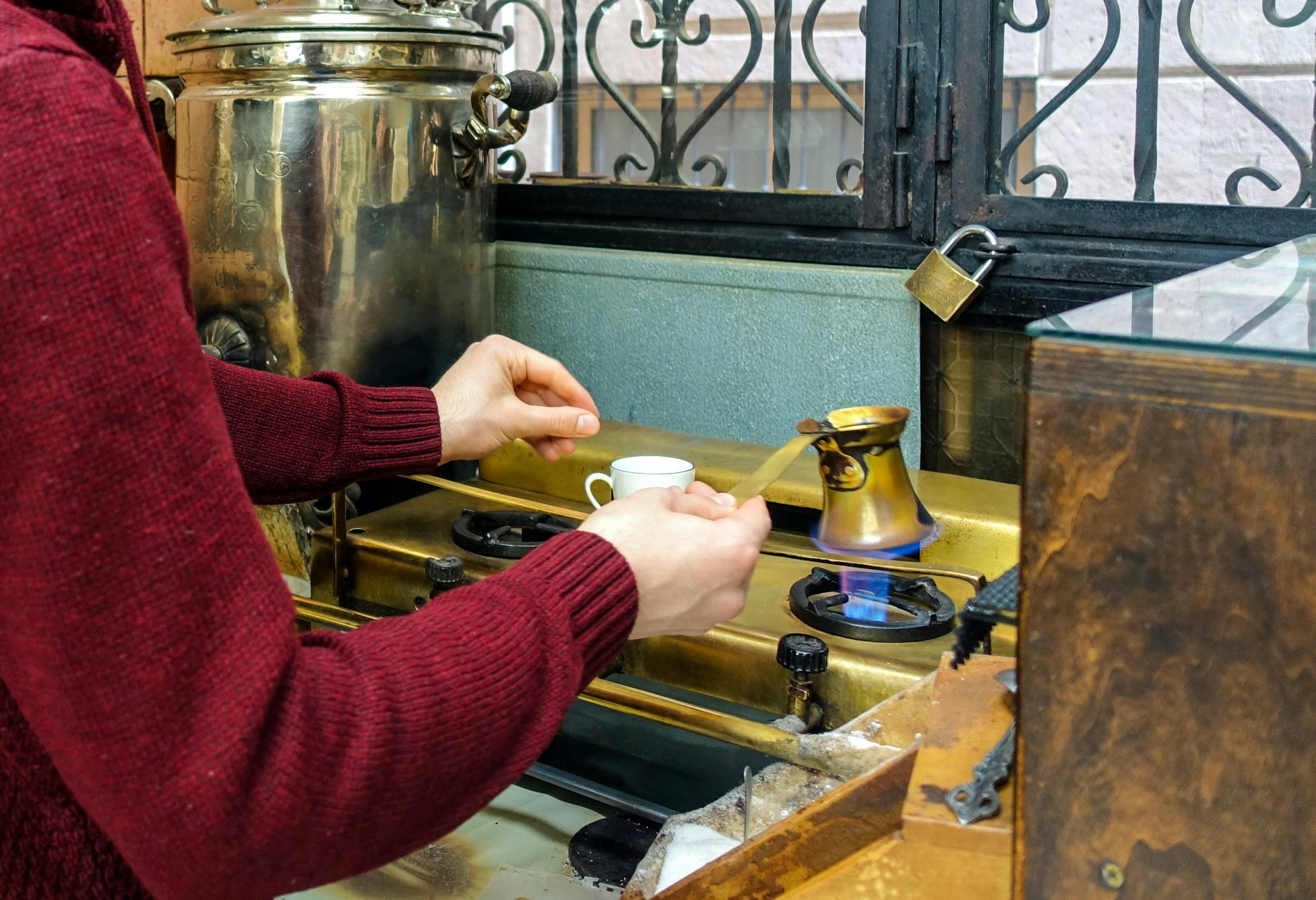
Where to drink Turkish coffee in Istanbul
Mandabatmaz in the Beyoğlu district has been in business since 1967 and is justly famous for its rich, delicious, almost chocolate-y Turkish coffee, a result of roasting the beans for longer than average. The shop’s unusual name means “water buffalo doesn’t sink,” an allusion to the thickness of its brews.
For a broad sampling of regional tastes at a single location, Okkalı Kahve in Beşiktaş is hard to beat. The small cafe serves around two dozen different types of Turkish coffee, including damla sakızlı, menengiç, dibek, cilveli, kakuleli (with cardamom) and even sütlü (with milk).
Other popular spots in Istanbul to drink Turkish coffee include Fazıl Bey in Kadıköy, Nev-i Cafe near the Golden Horn in Balat and Şark Kahvesi in the Grand Bazaar. If you’re in it for the view more than the brew, head to the Mimar Sinan Teras Cafe in Fatih, the Moda Çay Bahçesi in Kadıköy or the Pierre Loti Cafe in Eyüp.
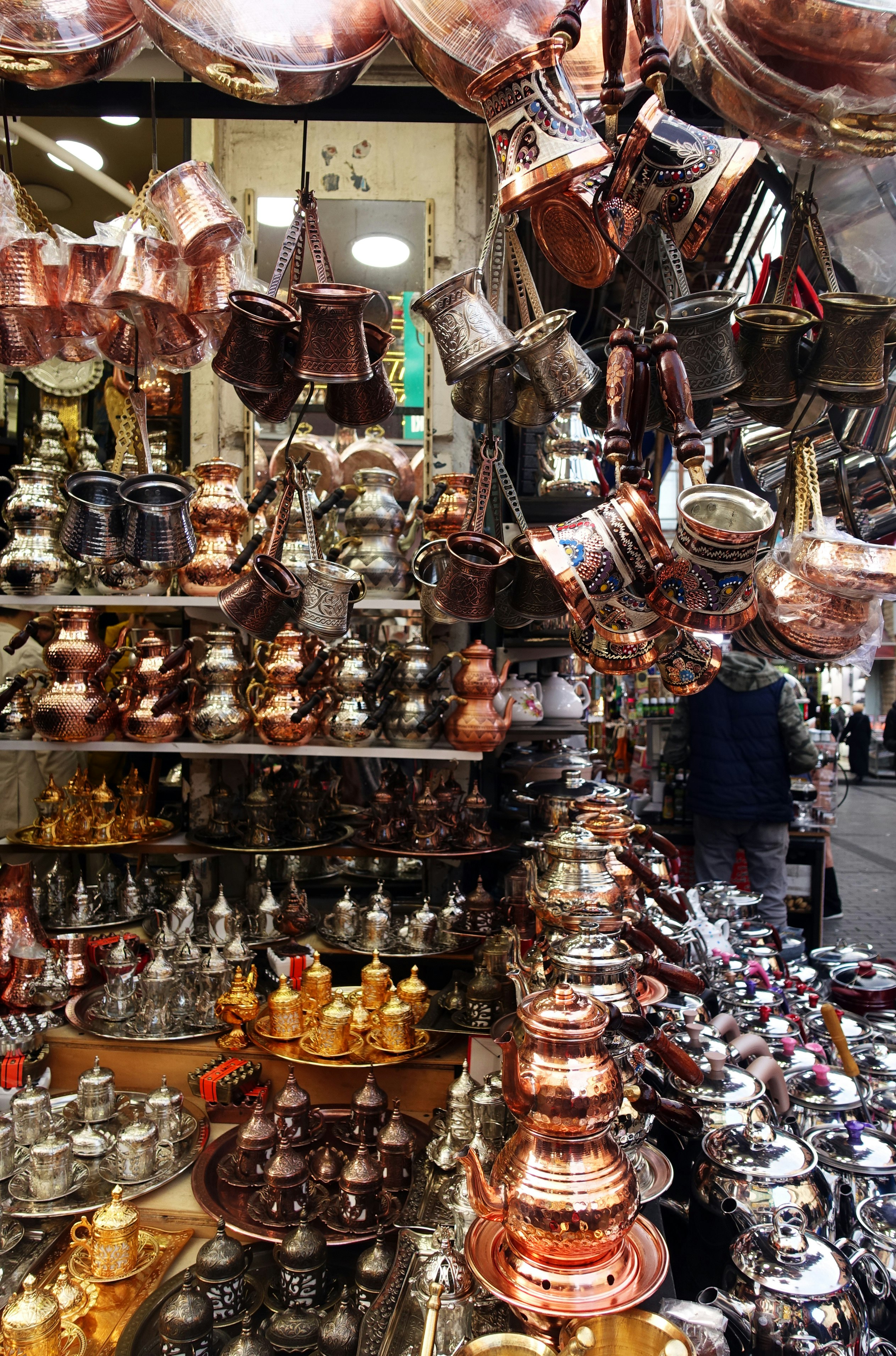
Steep yourself in the history and culture
Explore the long history of coffee in Turkey and the Ottoman Empire at the Coffee Museum in Safranbolu, a quaint town in the northern part of the country. The displays include a variety of implements used in making Turkish coffee in its different styles, many of which can be tasted in the museum cafe.
A permanent exhibition at the Pera Museum in Istanbul, “Coffee Break: The Adventure of Coffee in Kütahya Tiles and Ceramics,” looks at the rituals and relationships around coffee through centuries’ worth of gorgeously shaped and decorated ceramic coffee cups and accessories.
Where to find the best coffee souvenirs in Turkey
A traditional copper cezve and a set of coffee cups makes a lovely gift or souvenir; you can find them in all sorts of varieties in and around the Spice Bazaar in Eminönü. While you’re there, join the queue near the southwest corner of the bazaar to buy some freshly ground Turkish coffee from Kurukahveci Mehmet Efendi. Mandabatmaz in Beyoğlu also sells its own roasted and ground coffee packaged to take home.
The Turkish homewares chain Paşabahçe produces coffee cups and sets in a variety of styles, while local designer Özlem Tuna puts her own chic spin on cups and saucers. Finally, the Pera Museum gift shop also sells a small companion book to its “Coffee Break” exhibit.
You might also like:
How to drink coffee like a true Italian
The best coffee destinations around the world
A guide to Vietnamese coffee

